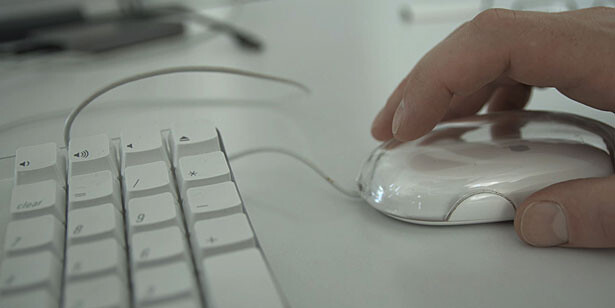Art is a history of doing nothing and a long tale of useful action. It is always a fetishization of decision and indecision—with each mark, structure, and engagement. What is the good of this work? The question contains a challenge to contemporary practitioners—or “current artists,” a term I will use, as contemporary art no longer accounts for what is being made—that is connected more to what we have all become than to what we might propose, represent, or fail to achieve. The challenge is the supposition that artists today—whether they like it or not—have fallen into a trap that is predetermined by their existence within a regime that is centered on a rampant capitalization of the mind.
The accusation inherent in the question is that artists are at best the ultimate freelance knowledge workers and at worst barely capable of distinguishing themselves from the consuming desire to work at all times, neurotic people who deploy a series of practices that coincide quite neatly with the requirements of the neoliberal, predatory, continually mutating capitalism of the every moment. Artists are people who behave, communicate, and innovate in the same manner as those who spend their days trying to capitalize every moment and exchange of daily life. They offer no alternative to this.
The notion of artists as implicated figures has a long history, visible in varied historical attempts to resolve the desire to examine high culture as a philosophical marker, attempts beset by the unresolvable problem that the notional culture being examined and the function of high cultural reflection are always out of sync—meaning the accusation that we are functioning in a milieu dominated by predatory neoliberalism is based on a spurious projection of high cultural function in the first instance that cannot account for the tensions in art, which remain the struggle for collectivity within a context that requires a recognition of difference.
Theories of immaterial labor—an awareness of the informational aspect and cultural content of the commodity—have exerted a profound influence on the starting point of current artists, allowing them to perceive the accusation as framed by the doubts that form the base of art’s work. As a result, the question “What is the good of work?” is at the heart of the work—it is not a symptom or product of accidental proximity. It accounts for the doubts and confusion that exist and explains why there seem to be moments of stress and collapse within any current art structure. These moments of critical crisis are an expression of resistance to the structure—a constant restructuring in response to the desire to avoid work within a realm of permanently unrewarding work.
The reason it is hard to determine observable differences between the daily routines and operations of a new knowledge-worker and those of an artist is precisely because art functions in close parallel to the structures that it critiques.
It requires precise and close observation of the production processes involved in order to differentiate between knowledge workers and current artists. If the question “Why work?” is the original question of current art, it is necessary, in order to counter the accusation that artists are in thrall to processes of capitalization beyond them, to look at a number of the key issues around control. And to address them in a fragmented way. What follows is a discussion of these issues—a negotiation of which is necessary in order to replace a critical mirror with a window.
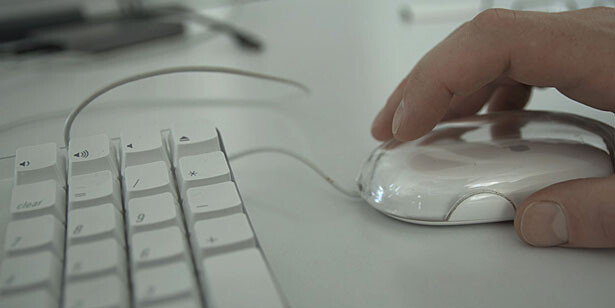

So what happened to the promise of leisure? Maybe this is what art can offer us now—a thing to use or reflect upon in a zone of permanent future leisure, as the “arts” as instrumentalized deployment becomes a more refined and defined capitalized zone. This zone is never geared towards artists alone but instead directed towards the general population as a way of rationalizing and explaining away innovations within the workplace as being part of a matrix of doubt and difference. Modes of leisure have been adopted by artists as a way to openly counter notions of labor as sites of dignity and innovation and in order to critique, mock, or parody the notion of an artistic life as role-play within the leisure zone. Yet the promise of leisure is not synchronized with artistic production. The withdrawal of labor and the establishment of structures in which intentions and results are uneven are markers that go beyond the promise of post-labor, which was always just the projection of a neurotic non-state.
So are we left with only the possibility of the good artist who fulfills the critical criteria? The artist who works—more or less permanently—and always finds a way to account for him or herself within a context demanding more and more interpretation? It is not leisure, but is it really work? Within this subset we have to engage in a careful process of categorization, meaning that we have to look at the methodological groupings that emerge within the art context rather than what is produced. One answer on offer over the last years was the formation of communities of practice forming new leisure/work modes. For artists are often creating new life in opposition to lifestyles. This involves a complete reorganization of relationships, wherein relationships themselves may become the subject of the work and discursive models of practice become the founding principle rather than a result or product.
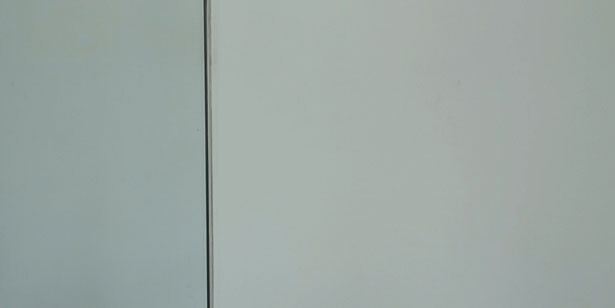

At the opposite extreme there is deliberate self-enforced isolation and a concurrent lack of accountability, amounting to a structural game within a context where notional support structures are mutable and dynamic. The two main trajectories of current art both attempt to clear us of the accusation: restructuring life (ways to work) and withdrawing from life (ways to free work). Categorizations of art in this case can superficially appear to mirror attitudes to work. It is quite appropriate for artists to co-opt working models and turn them to their own ends, from the factory to the bar and even to the notion of the artist’s studio, as specific sites of production that used to either mimic established daily structures or deliberately avoid and deny them. Categorizations of art are not limited to what is produced but are connected more deeply to how things might be produced. It is necessary to focus on production rather than consumption (including the new formalism of responsible didactic criticism) if one is to unlock art’s potential and permit a recasting of the accusation.
The notion of withdrawing or limiting production is the key to decoding the anxiety about work. One of the enduring powers of art, and one of the devices used by contemporary artists to consolidate specificity once they have attained a degree of recognition, is a withdrawal of labor or a limiting of supply. Doing the opposite—operating freely, openly, and on demand—is viewed as a problem within the gallery structure and resists the simple commodification of art. This shift to production consciousness by current artists, away from reception consciousness by contemporary artists, is a form of active withdrawal.
This notion of withdrawal can be understood in relation to the following: are there answers or questions in the work? This is central to the defense against the accusation. A postmodern understanding is that the current artist asks questions of the viewer while standing beside them. It is this sense of art as something that asks questions of the viewer that is misunderstood in the knowledge-worker accusation. The shift of position from confrontation to proximity is in practice a shift in category. Within the realm of the knowledge worker, the new consumer is always activated and treated as a discriminating individual who can be marketed to directly—spoken to face to face. Documentary practice places the user and the producer alongside each other. The exhaustion created by the continual capitalization of the recent past and the near future has its source in the knowledge worker’s attempt to account for every differentiation, whereas the artist is producing every differentiation alongside the recipient of the work.
This dynamic is linked to a game the artist plays with control over the moment of completion. For current art, the moment of judgment is not exclusive to an exterior field. The sense of control or denial exercised over that moment marks a zone of autonomy within a regime of excessive differences.
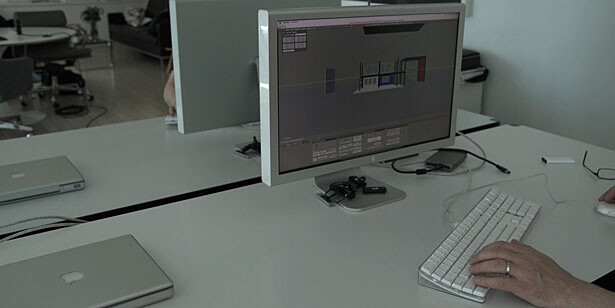

A response to the accusation is the creation of one’s own deadlines, as opposed to the apparent creation of imposed deadlines. The notion of the deadline is a crucial applied structure that links the accused with the flexible knowledge worker. The number of deadlines increases exponentially, and they are created by the producer as much as they are introduced by others. An awareness of the constructed nature of deadlines allows one to electively engage and disengage and thus to create a zone of semi-autonomy.
Working for a long period with limited deadlines is a prerogative of not just the artist, but also of the occasional worker, whose job description is one of unbearable tedium but includes hard-won rights over steady employment. This prerogative marks the tension between the notion of applied flexibility and a critique of flexibility that permits a projection of potential.
Relationships with others are crucial. Roles are recast daily—alone together, together alone. For artists do not operate in isolation. And artists can only function in complete isolation. The acquisition or rejection of relationships is a crucial marker in art production, defining an artistic practice over and above a super specific knowledge-producing activity peppered with deadlines. This means that the entry of the artist into the apparently undifferentiated territory of infinite flexibility is made critical by a recognition of a series of encounters, borders, humps, and diversions.


The identification of ethical barriers emerges in the course of making art under the stressful circumstances of the accusation. Circumstances and subjects in this case appear as moral zombies—undead and relentless victims—that artists reject or accept in tension with the creation or rejection of ethical barriers. Ethics are not stable, easy to reach, feed, or kill off.
Under these stressful circumstances there is an assumption that art extends memory forwards and backwards. In other words, art is not necessarily synchronized to the present. What appears to be a methodology linked to present works is an illusion. Art deploys flexibility in order to account for the moral zombie—to navigate the terrain of ethical mutability. Art extends and reduces memory using tools that were instead developed to shorten memory—that is, capitalize the near future and recent past.
As there are no limits to work there are also no limits to not working. The idea that artists find a way to work is a defining characteristic of current art, emerging in the context of post-labor anxieties and the creation and dismantling of ethical barriers.
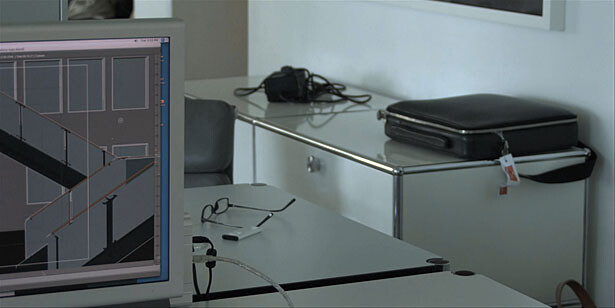

Research and reading as activities are not accounted for in the accusatory model. Artists whose modes of production are primarily informed by research are assumed to be the “good” workers. To research in a directed way and then present the results as a final work is not a leisure pursuit. But accounting for things and relationships in the world leads to displaced work, the creation of structural subjects. There is a sense in which all new art accounts for all other work previously made. This awareness is not necessarily accompanied by full knowledge of all the other work, but a sense that all the other works exist somewhere.
Even in documentary work, in addition to the creation of didactic structures or the replacement of a super-self-conscious and worn-out fourth estate, there is a sense that the nature of art is being questioned. The pursuit of documentary strategies is also a critique of the flow and capitalist logic that is applied to the commodification of art. The documentary is permanently working off of other fields. It also offers the possibility of being arrested while thinking about art. This is not possible while working as a knowledge worker.
This leads us to the equation: “just another citizen in the room versus everything I do involves a special perspective on the specificity of others.” At the heart of the latter artistic persona is the assertion of citizenship combined with an invitation to view the extraordinary ordinary. It makes the biographical a locus of meaning. As art became more specific the biographical became both more generic and more special, a way to present the specific in a form that would encourage more specificities and more difference. Art now is an assertion of difference, not an assertion of flexibility.
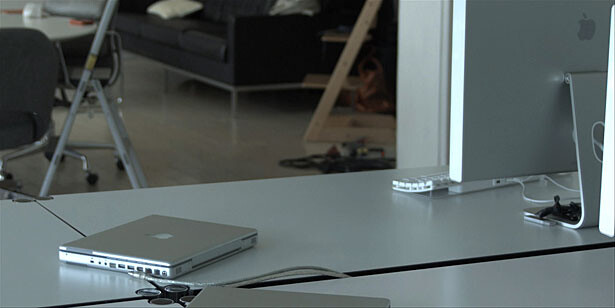

How to find a better life in all of this? Current work undermines a sense or possibility of infinite leisure. Infinite leisure is only one form of utopia based in religion—a nightmare full of virgins and mansions. Will there be dogs? Oh, I hope there will be dogs. To be a clerk would be heaven for some people. A breakdown of the barriers between work, life, and art via direct action is a rather more rewarding potential outcome. Art appears to be result-based but is generally action-based and occupation-based. It is towards something. It reaches out. It only has meaning within a context and that context will always determine what activities might be necessary to improve the context.
This leaves us explaining everything in total communication anxiety about differentiation. Art viewed as a generalized terrain of collectivity and difference operates within a real of anxiety that is merely a reflection of multiple apparently contradictory moments of differentiations chiming simultaneously. Anxieties about too many artists, overproduction, and lack of ability to determine quality are all ideologically motivated and defer to a defeated series of authorities who would prefer the attainment of a neo-utopian consensus, a market consensus, or at least the regime of a big other consensus. All of these things are attacked and are permanently defeated within current art. Otherwise things will default towards authority and control. The entropic quality of art’s structural and critical trajectory is its resistance.
For the relation between art production and the development of creative tools for decentralized production is also a historical coincidence. It is only necessary to look at what is produced though the primary defensive mesh arrayed against predatory capitalization—its structural approaches to tools that may well have been developed for other purposes.
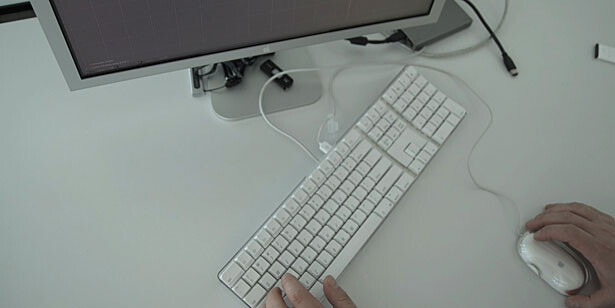

Art is not a zone of autonomy. It does not create structures that are exceptional or perceivable outside their own context. Therefore current art will always create a sequence of problems for the generally known context. For example, with regard to the undifferentiated flexible knowledge-worker who operates in permanent anxiety in the midst of a muddling of work and leisure, art both points at this figure and operates alongside him or her as an experiential phantom.
Art is a place where the rules of engagement are open to question. The knowledge worker also appears to challenge rules of engagement but can only do so in the production of software or a set of new fragmented relationships. The artist can create alienated relationships without all these intricacies.
A different sense of “super-self-conscious” commodity awareness is at the core of current artists’ desire to come close to the context within which they work. Projection and speculation are the tools they reclaim in order to power this super-self-conscious commodity awareness. Artists project into the near future and the recent past in order to expose and render transparent new commodity relations. The surplus value that is art is not limited to its supposed novelty value but is embedded in its function as a system of awareness.
Art is a series of scenarios/presentations that creates new spaces for thought and critical speculation. The creation of new time values and shifted time structures actually creates new critical zones where we might find spaces of differentiation from the knowledge community. For it is not that art is merely a mirror of a series of new subjective worlds. It is an ethical equation where assumptions about function and value in society can be acted upon. There is no art of any significance made in the last forty years that does not include this as a base-level notion of differentiation.
The idea of the “first work” or the development of ideas is no longer directed towards the total production of all work in the future. This fact creates anxiety within the culture in general and leads to a search for analogous structures that also appear to temporarily function with a contingent potential for projection.
A sense of constantly returning to ideas or structures by choice rather than by intuition is an aspect of contemporary art that defies the logic of capital. The notion that an artist is obsessed by a structure or by an idea-context is sometimes self-perpetuated. The apparent work is no more than a foil to mask a longer deferral of decision-making. The art becomes a semi-autonomous aspect of lived experience, for the artist as much as for the viewer.
Not thinking about art while making art is different to not thinking while preparing a PowerPoint presentation on the plane. Of course I am working even when it looks as if I am not working. And even if I am not working and it looks as if I am not working I still might claim to be working and wait for you to work out what objective signifiers actually point towards any moment of value or work. This is the game of current art. Art production and work methods are not temporally linked or balanced because the idea of managing time is not a key component of making art, nor is it a personal or objective profit motive for artists. Unless they decide that such behavior is actually part of the work itself.
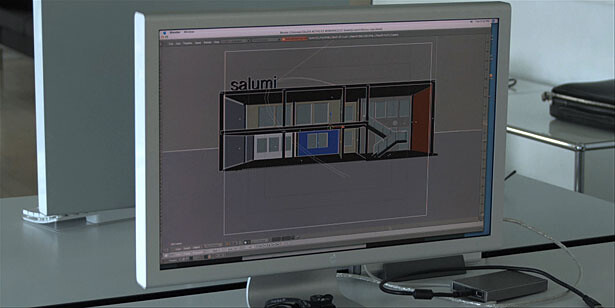

Working alone but in a group is a contradiction at the heart of current art practice. It is always an active decision to give up the individual autonomy of the artistic persona with the goal of working together. Within the flexible knowledge community the assertion of individual practice always has to be subsumed within the team-worked moments of idea-sharing. Art as a life-changing statement is always the product of a specific decision that involves moments of judgment that cannot be controlled exclusively by the artist but are also operated on by all other artists. The them and us is me and us and us and us and them and them.
The assumption that there is a “they” or “them” is part of the problem involved in understanding how artists function within society. Artists are also “they” or “them” who have made a specific decision to operate within an exceptional zone that does not necessarily produce anything exceptional. For adherence to a high-cultural life is a negotiated concept within the current art context. This critical community is simultaneously subject and audience. Therefore we have a situation in which an artist will propose a problem and then position it just out of reach precisely in order to test the potential for an autonomy of practice.
Reporting the strange in the daily—that which cannot be accounted for is at the heart of artistic practices, yet not for purposes that can be described outside the work itself. And still, working less can result in producing more. The rate of idea-production within art is inconsistent, which is a deliberate result of the way art is produced and how it can become precise and other even while it flounders and then proudly reports back to us within the self-patrolled compound masquerading as a progressive think tank.
Artists function in micro-communities of discourse that are logical and contingent within their own contexts, as well as (often) generationally related. Current artists are caught within generational boundaries. The notion that artists are a perfect analogue of the flexible entrepreneurial class is a generational concept that merely masks a lack of differentiation in observation of practice and the devastating fact that art is in a permanent battle with what came just before. That is the good of work. Replacing the models of the recent past with better ones.
At the beginning of his film Dear Diary, Nanni Moretti says: “Why all? Why this fixation with us ‘all’ being sold out and co-opted!” “You shouted awful, violent slogans. Now you’ve gotten ugly,” the characters say in the film he is watching, full of depressed sell-out nostalgia from the perspective of success and authority. “I shouted the right slogans and I’m a splendid forty-year-old.” “Even in a society more decent than this one, I will only feel in tune with a minority of people. I believe in people but I just don’t believe in the majority of people. I will always be in tune with a minority of people.” This is easy for an artist to say and hard for a knowledge worker to understand. Maybe here we can find a space where there is real antagonism and difference rather than just questions of taste or manners.
Images in this essay are stills from Liam Gillick, Everything Good Goes, 2008, video loop.
This essay was first presented as a response to the question “What is the Good of Work?” posed by Maria Lind and Simon Critchley within the framework of a series of talks by the same name hosted by the Goethe Institut New York. The essay will be available as an artist book published by Artspace, Auckland, New Zealand as part of the exhibition “post-Office,” in May 2010. For more information: www.artspace.org.nz.
